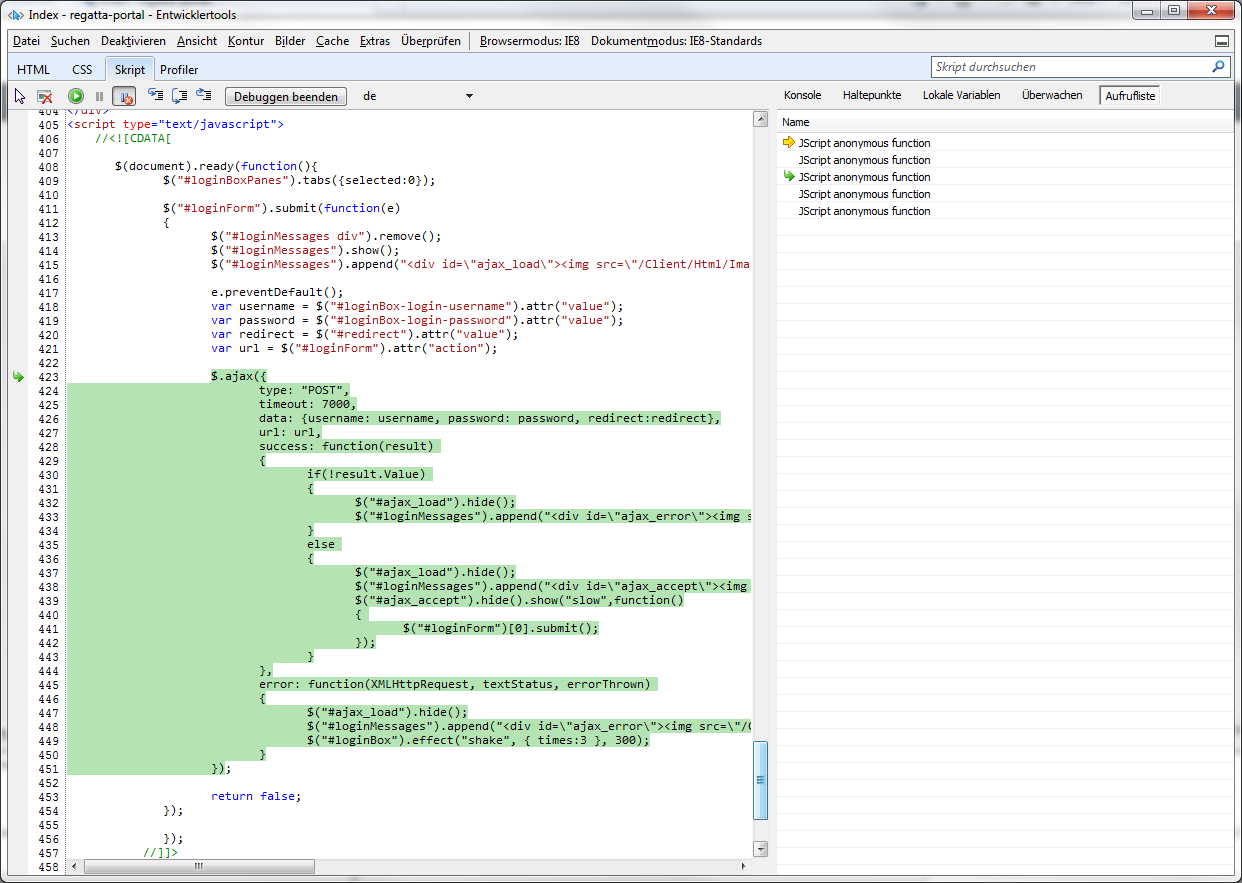
You can see the data stored in the current tabular section row, with values and types.
Find the CurrentData branch and expand it. The property we are interested in is CurrentData. Expand this object and review its properties. You can see that it is a FormTable object. Find Materials in the list of form controls. Next, let us check the Materials expression. If you click this button (or press F2), you will be able to view the collection contents. 5.40).Ībove the Result pane you can see the Show Values in Separate Window button. You can see that the Items object is a FormAllItems value collection, which stores all of the form controls. The Items value is added to the Expression field. The Value and Type columns display the value and type of this object. Double-click the Items word and then click the Evaluate expression button (Shift+F9) on the configuration debugging toolbar. Let us look at the expression and view the content of that object at the current breakpoint. You can use the Step Over button to view their values after the line is executed. Note that this line has not been executed yet so the variable values are not assigned yet. The Call Stack button is intended for tracing the sequence of procedure and function calls.īut for now, the program is already paused at the specified line of the MaterialsQuantityOnChange procedure. The Immediate Window and Evaluate expression buttons are intended for viewing expression values at the current breakpoint. The Continue Debugging button continues debugging up to the next breakpoint. The Step Over, Step In and Step Out buttons continue step-by-step script execution. 
Note that the commands for debugging the configuration are now available in the Debug menu and on the Designer mode toolbar (fig. An arrow over the breakpoint icon indicates the module line that is being executed (fig. Once you do it, the program execution is interrupted and the MaterialsQuantityOnChange procedure is opened in Designer at the breakpoint location.
Edit the Quantity field in any document row. Open the list of Goods receipt documents and open any of the two documents that you created. Actually, this is exactly what you have done before but you have not set any breakpoints and the applied solution execution was never paused. The designer starts 1C:Enterprise in the debug mode. On the Debug menu, click Start debugging.Ĭlick the Start debugging button on the toolbar. To debug a 1C:Enterprise script algorithm, you have to run the application that executes that algorithm in the debug mode. Setting a breakpoint in the MaterialsQuantityOnChange procedure Double-click on the vertical bar to the left of the first line of the MaterialsQuantityOnChange procedure (fig. 5.37).įig. On the Debug menu, click Clear all breakpoints.Ĭlick the Clear all breakpoints button on the toolbar. 
Move the cursor to the script line with the breakpoint and then, on the Debug menu, click Breakpoint. Double-click the breakpoint icon to the left of the script line.This adds a breakpoint icon to the left of the script line. Move the cursor to the module line and then, on the Debug menu, click Breakpoint.Ĭlick the Breakpoint button on the toolbar. Double-click on the vertical bar to the left of the script line.Note that the commands for breakpoint operations are now available in the Debug menu and on the Designer mode toolbar (fig. Open the GoodsReceipt document form, click the Module tab, and look at the MaterialsQuantityOnChange procedure.

During a pause you can analyze the current values and types of module expressions and variables and continue the execution up to the next breakpoint, and so on. The script execution is paused at lines that have breakpoints. When you are editing module script in Designer, the commands of the Debug menu that set and clear breakpoints are available.
Viewing procedure and function call stackįor now, we will not discuss all these features in detail but will instead discuss Debugger use cases on the example of the MaterialsQuantityOnChange event handler (listing 4.1). Calculating expressions to analyze variable states. Debugging multiple modules simultaneously. You can simply stop at any point in your program and view the available properties or script objects.ĭebugger is a tool that facilitates the development and debugging of 1C:Enterprise modules. While the Syntax Assistant requires you to understand the execution context, the object structure, and more, Debugger requires none of these. The Debugger tool comes handy when you write a custom script.







 0 kommentar(er)
0 kommentar(er)
